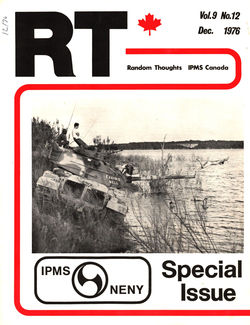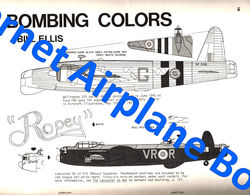RT V9 N12
SIEBEL Si.204D LETOV C-3A_WW2 WELLINGTON XIV FORD FAA_LANCASTER B.X No.419
(MOOSE) SQUADRON_GERMAN LUFTWAFFE IN IRAQ 1940 MESSERSCHMITT Bf.110D-3
ZG76_POLISH ARMY INFANTRY UNIFORMS WEAPONS & EQUIPMENT IN 1939_POLIKARPOV
I-153 CHAIKA BIPLANE FIGHTER PLANE SOVIET VVS CHINESE AF
RANDOM THOUGHTS IPMS CANADA
SOFTBOUND BOOK in ENGLISH
-----------------------------------------
Additional Information from Internet
Encyclopedia
The Siebel Si 204 was a small
twin-engined transport and trainer aircraft developed during World War II. It
was based on the Fh 104. Originally designed in response to a RLM development
order for a small civil transport aircraft in 1938, it was eventually produced
for the Luftwaffe.
The Si 204 was planned as a small
passenger aircraft with 2 crew and 8 passengers for German airline Deutsche
Luft Hansa (DLH). The development of this all-metal aircraft was initiated in
1938. The contractor was, as usual, the RLM, but the development was conducted
in close collaboration between DLH and Siebel in Halle. After the beginning of
the war the aircraft was re-designed as a trainer aircraft with a full
"stepless" glass cockpit, with no separate flat windscreen for the
pilot (much as almost all German bomber aircraft of the time were being
designed), which seemed to be better for blind flying in the Si 204's case.
The first two prototypes only were
delivered as passenger aircraft with the old cockpit. The maiden flight of the
first prototype was before September 1940, possibly on 25 May 1940, that of the
second prototype before February 1941. The third prototype was re-designed as a
trainer aircraft for blind flying. As a result of this, the maiden flight was
not earlier than the end of 1941 or the beginning of 1942.
At that time Siebel produced the Junkers
Ju 88 under licence, and therefore only 15 prototypes were able to be built in
Halle. As a result, SNCAN (Société Nationale de Constructions Aéronautiques du
Nord)) in France produced the A-0 pre-series A-1 production passenger aircraft
between April 1942 and November 1943. Českomoravská Kolben-Daněk (ČKD) /
Böhmisch-Mährische Maschinenfabrik AG (BMM) in the Czech Protectorate delivered
the first blind flying trainer D-0 in January 1943 followed by the production
of a further 44 D-0 pre-series aircraft. The D-1 series was begun in March 1943
by the Aero company, also located in the Czech Protectorate, and by BMM in June
or July 1943. In August 1943, SNCAN also delivered their first D-1.
The production of the D-3 was
started in October 1944 by the Aero company. The D-3 had wooden wings and a
tail-plane made of wood and metal. In France, production of the D-1 was ended
in August 1944 as a result of the Liberation. All in all 168 Si 204 were built
by SNCAN. BMM produced the aircraft until October 1944 and then changed to the
production of spare parts for the Si 204. The Aero company was scheduled to
cease production of the D-1 in March 1945 after building 486 aircraft and then
switch to D-3 only. The aircraft, however, was only built until January 1945 with
541 completed. Therefore the total production was 1,216 including the
prototypes.
The use of the Si 204D was mainly in
B- and C-Schools (advanced schools) and by FÜG 1 (delivery wing of the
Luftwaffe), probably as a taxi aircraft for crews who had delivered other
aircraft to fighting units. The utilization in blind flying schools was
sporadic; for radio schools there is no evidence of use. The Si 204A flew
mainly with communications squadrons and flying services for senior officers,
but also with schools.
In July 1944 five Si 204 were
destined to be converted to night combat aircraft, but no further aircraft were
allotted. They were probably intended for the pre-series Si 204 E-0. There is,
however, no evidence that these aircraft were ever used in combat situations.
Luft Hansa received at least four Si
204: The first prototype, D-AEFR, was evaluated from March to May 1941 by Luft
Hansa Prague. From spring 1942 to spring 1943 the second prototype, D-ASGU, was
used on regular routes as a freight carrier.
An Si 204 was likely the last German
aircraft shot down on the Western Front. At 8 PM on May 8, 1945, 2nd Lt. K.L.
Smith of the 9th Air Force's 474th Fighter Group, flying a P-38 Lightning,
downed a Siebel three miles southeast of Rodach, Bavaria.
At the end of the war one Si 204D
remained in Berlin-Tempelhof (named “Rhein”). One flew to Enns in Austria,
where it was captured by the Allies. Captured Si 204s flew in a variety of
roles in the Soviet Union, including with Aeroflot and TsAGI, but were all
quickly phased out of service as local aircraft manufacturing was
re-established.






